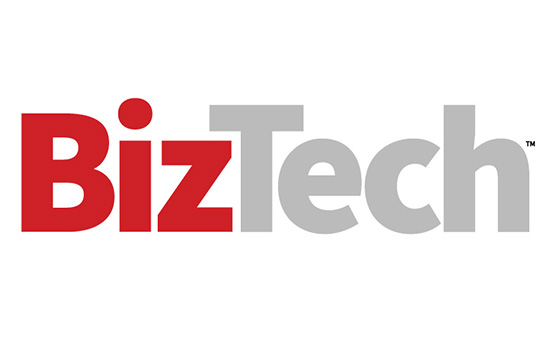Step 1: Revoke Credentials and Control Access Quickly
If you know ahead of time that an employee will be leaving, plan a step-by-step timeline for winding down their access. Coordinate with HR and the employee’s manager to securely transfer any work files and finalize responsibilities before their last day.
For small businesses, affordable identity management tools such as Okta or OneLogin can automate account deactivation. These tools let you schedule revocations so that access ends at the close of the employee’s final day.
Sometimes, departures aren’t amicable, and immediate action is required. In such cases, disable all accounts right away — including email, VPN access and administrative logins — to reduce the risk of malicious activity or accidental data loss.
After shutting down accounts, run a quick audit of systems to ensure no unauthorized “back doors” were created by the departing employee.
RELATED: These managed services can lend support to small businesses.
Step 2: Organize and Preserve Business Data
When an employee leaves, their files, email and project data shouldn’t just disappear. Review their digital footprint with their team to identify important information to save for compliance, legal or operational reasons.
Small businesses can benefit from document management systems that automate file sorting and retention. Even basic cloud tools such as Microsoft OneDrive or Google Workspace can help you classify, retain or purge files according to your policies.
This ensures your business retains what it needs while avoiding unnecessary clutter and potential data exposure.
Step 3: Review Licenses and Subscriptions
Former employees often leave behind software subscriptions or licenses that are still being paid for. For small businesses on a budget, this is an opportunity to cut unnecessary costs.
Perform an inventory of all software tools and determine whether licenses should be reassigned or canceled. Tools like ServiceNow’s asset management platform — or even just a spreadsheet for a smaller team — can help track software use and keep spending in check.
READ MORE: The security risks of people connecting to corporate networks from anywhere.
Step 4: Collect Devices and Update Your Inventory
If your employees work remotely, it’s easy to lose track of company-issued devices such as laptops, tablets or smartphones. Make a checklist of all devices to be returned, and inspect each one to ensure it’s in good condition and free of sensitive data.
Before reassigning devices to another employee, wipe them completely to avoid unintentional data leaks. Even simple inventory-tracking tools can help small businesses maintain accurate records and maximize the value of their hardware.
Step 5: Conduct Exit Interviews and Reinforce Confidentiality
Exit interviews aren’t just for HR, they’re also a chance for IT leaders to remind departing employees about legal and ethical obligations, such as nondisclosure agreements.
Use this time to:
- Collect any remaining physical assets or materials
- Discuss the employee’s experience with IT systems
- Identify potential security gaps you may need to address
This final step strengthens your business’s data security and helps prevent future problems.
UP NEXT: In a world without perimeters, visibility is key to cybersecurity.
Step 6: Continually Improve Your Process
Cybersecurity threats evolve constantly, so your offboarding process should too. Review and update your checklist regularly to ensure it keeps pace with new risks and technologies.
For small businesses, this may also include training non-IT staff about best practices, because many employees wear multiple hats. Building a culture of cybersecurity awareness helps prevent costly mistakes and protects your business as it grows.
Why Offboarding Matters for Small Businesses
A structured offboarding process isn’t just for large enterprises. For small businesses, it’s an essential safeguard against data loss, cyberattacks, and operational disruptions.
By following these six steps, you’ll not only secure your digital environment but also optimize costs and create a smoother experience for remaining employees.










